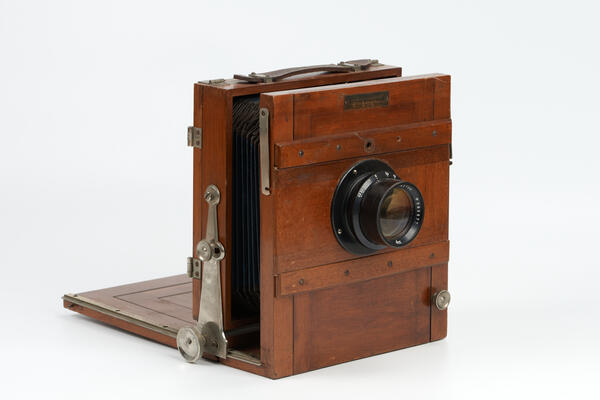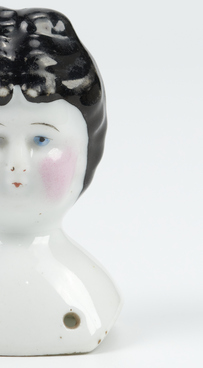Photography has been invented due to several important discoveries. The first to describe the physical principle behind camera obscura was an ancient Chinese philosopher Mozi in the 5th century BC. The device looked like a darkened box with a small hole in one of the four walls. On the wall opposite to the hole was a ground-glass focusing screen — the image, reflected on it, was inverted and relatively small. Middle Ages painters used the camera obscura devices, installed in rooms or tents, as drawing aids.
This technology of image capturing has been changing over the centuries, but the overall design remained the same. Wilhelm Homberg discovered photochemical reactions in 1694, during which substances change color under the light. Nicéphore Niépce managed to create paintings using light and bitumen in 1822 — they could be called the first photographic images. Louis Daguerre invented a way to capture an image using silver and mercury vapor — the daguerreotype.
The pinhole camera, or a direct vision device, was equipped with a convex lens in 1840 — and the final image was erect, not inverted. The focusing bellow, which the Ishim exhibit has, became part of the design in 1847. A Russian photographer Sergey Levitsky was the first to use it.
The photographic camera of the trading company ‘Joseph Pokorny’, displayed in the Yershov Museum Complex of Ishim City, was made in 1909. The case was made out of wood, painted to look like cedar. A rectangular ground-glass focusing screen was installed under the cover of the back wall, and black calico bellows were placed behind it. A metal plate with the inscription ‘Joseph Pokorny’ was attached above the lens. Photographic cameras were expensive at this time and only the wealthy could afford them.
Joseph Pokorny established his Photographic Equipment Factory and Lithography in Odessa in 1879. Pokorny received the first bronze medal ‘for photographic mats’ in 1890. They were displayed at the photo exhibition of the Odessa branch of the Imperial Russian Technical Society. The press wrote about these exhibits:
This technology of image capturing has been changing over the centuries, but the overall design remained the same. Wilhelm Homberg discovered photochemical reactions in 1694, during which substances change color under the light. Nicéphore Niépce managed to create paintings using light and bitumen in 1822 — they could be called the first photographic images. Louis Daguerre invented a way to capture an image using silver and mercury vapor — the daguerreotype.
The pinhole camera, or a direct vision device, was equipped with a convex lens in 1840 — and the final image was erect, not inverted. The focusing bellow, which the Ishim exhibit has, became part of the design in 1847. A Russian photographer Sergey Levitsky was the first to use it.
The photographic camera of the trading company ‘Joseph Pokorny’, displayed in the Yershov Museum Complex of Ishim City, was made in 1909. The case was made out of wood, painted to look like cedar. A rectangular ground-glass focusing screen was installed under the cover of the back wall, and black calico bellows were placed behind it. A metal plate with the inscription ‘Joseph Pokorny’ was attached above the lens. Photographic cameras were expensive at this time and only the wealthy could afford them.
Joseph Pokorny established his Photographic Equipment Factory and Lithography in Odessa in 1879. Pokorny received the first bronze medal ‘for photographic mats’ in 1890. They were displayed at the photo exhibition of the Odessa branch of the Imperial Russian Technical Society. The press wrote about these exhibits:



